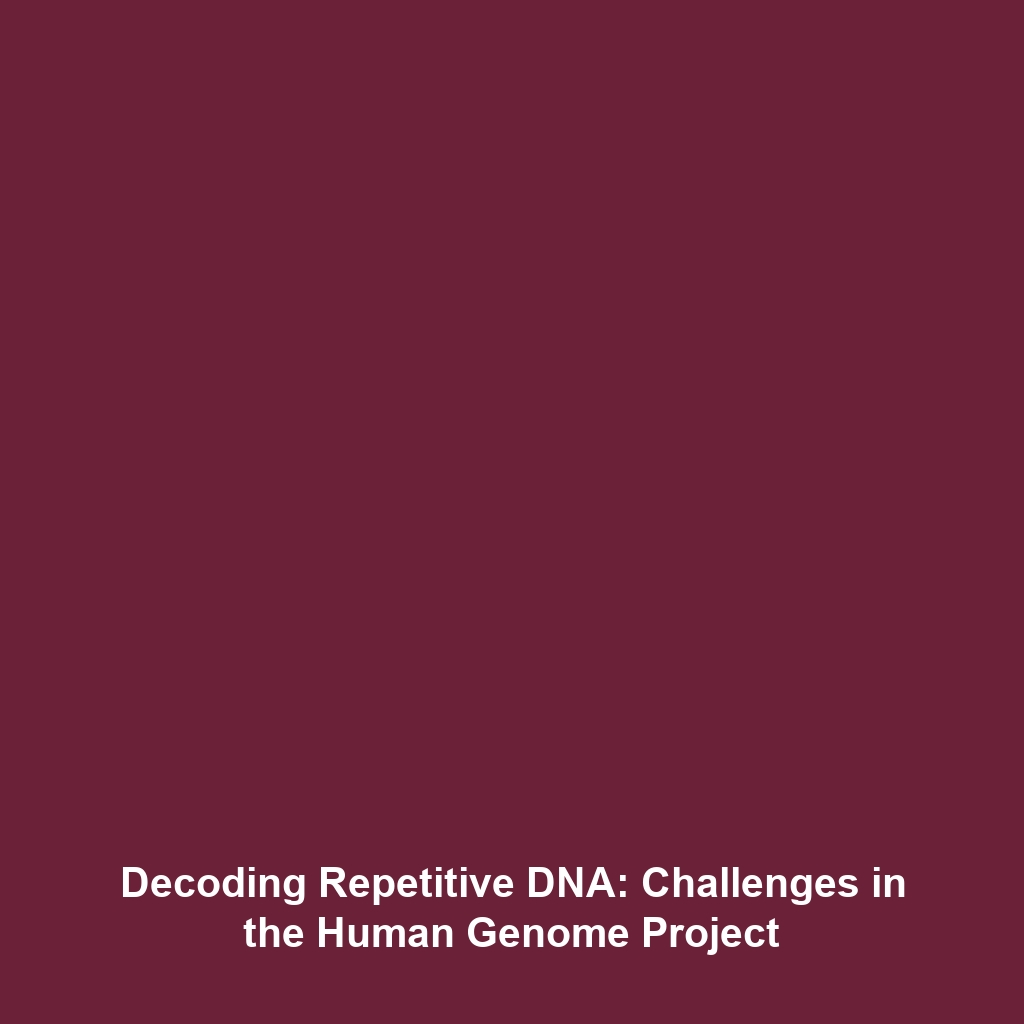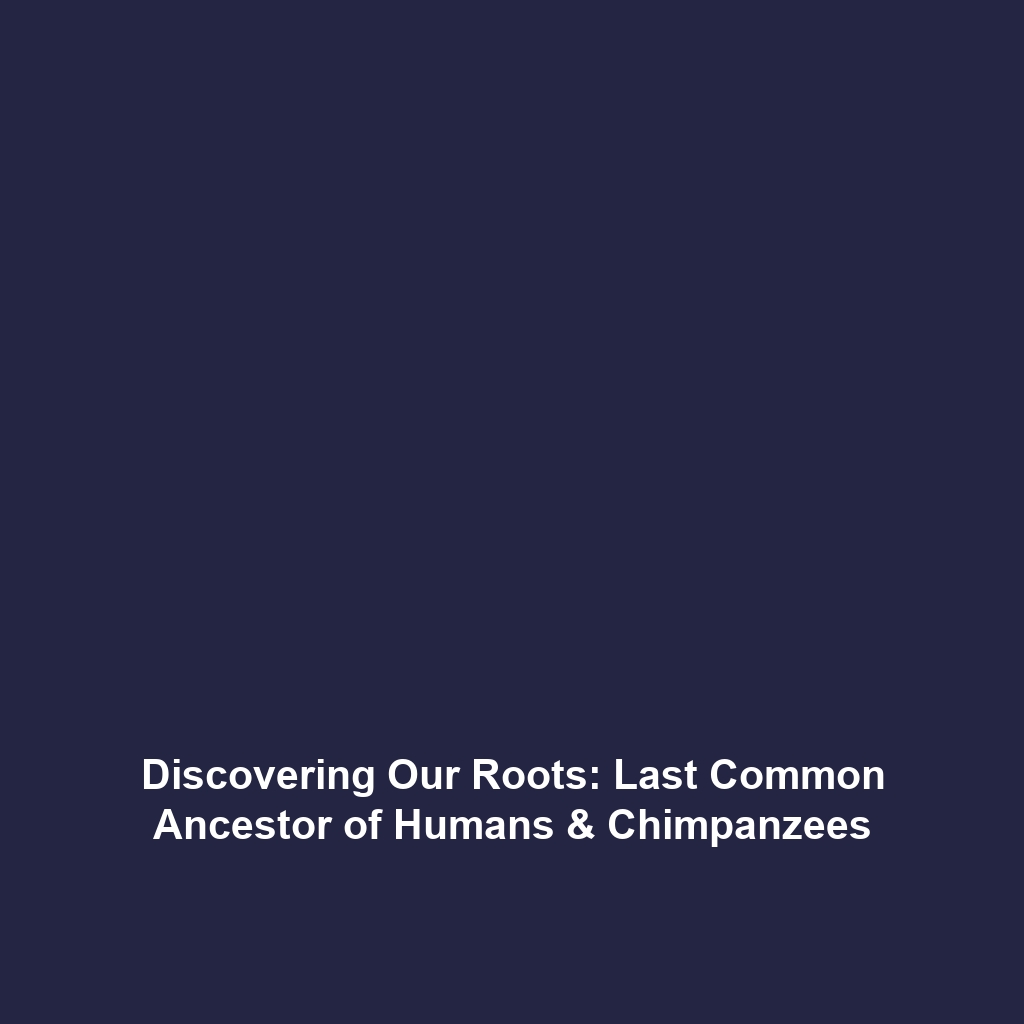Handling Repetitive DNA: Challenges in the Human Genome Project
Repetitive DNA sequences comprise a large segment of the human genome, presenting significant challenges during the assembly of the Human Genome Project (HGP). Understanding these repetitive elements is crucial for accurate genomic mapping and analysis. This article delves into the complexities of handling repetitive DNA, its implications for the Human Genome Project, and its future impacts in genomics.
Key Concepts
The Human Genome Project aimed to sequence and map the entire human genome, but much of this DNA consists of repetitive sequences that can occur in tandem or dispersed throughout the genome.
Understanding Repetitive Sequences
Repetitive DNA can be classified into two main types: satellite DNA and interspersed repeats. These sequences complicate genome assembly due to:
- Structural Ambiguity: Repetitive sequences can lead to difficulties in aligning fragments, as they may originate from similar regions.
- Sequencing Limitations: Technologies face challenges in reading through long stretches of repetitive sequences.
Applications and Real-World Uses
Handling repetitive DNA has several applications in genetics and medicine:
- Understanding Genetic Disorders: Many genetic disorders are linked to mutations within repetitive sequences.
- Forensic Analysis: Repetitive DNA markers are used in DNA profiling, crucial for forensic investigations.
- Evolutionary Studies: Repetitive sequences provide insights into evolutionary mechanisms and species divergence.
Current Challenges
Despite advances, several challenges persist in studying repetitive DNA:
- Ambiguous Mapping: Difficulty in pinpointing the exact locations of repeats increases the possibility of errors in genome assembly.
- Technology Limitations: Current sequencing technologies struggle to accurately resolve highly repetitive regions.
- Data Overload: The sheer volume of repetitive data complicates analyses and interpretations.
Future Research and Innovations
The future of genomic research related to repetitive DNA looks promising, with several potential innovations:
- Next-Generation Sequencing (NGS): Continuous improvements in NGS technologies may enhance the ability to sequence complex regions of the genome.
- Bioinformatics Advances: Improved algorithms for repeat identification and assembly will likely lead to more accurate genomic maps.
- CRISPR Applications: Gene-editing technologies may allow researchers to target and manipulate repetitive sequences with greater precision.
Conclusion
Handling repetitive DNA is critical for the accurate assembly and understanding of the human genome. As the Human Genome Project highlighted, these sequences remain a significant barrier to genomic mapping but also offer unique insights into human biology and disease. Continued research and technological improvements are essential for overcoming these challenges.
For further reading on the Human Genome Project and its implications, visit our related articles.



